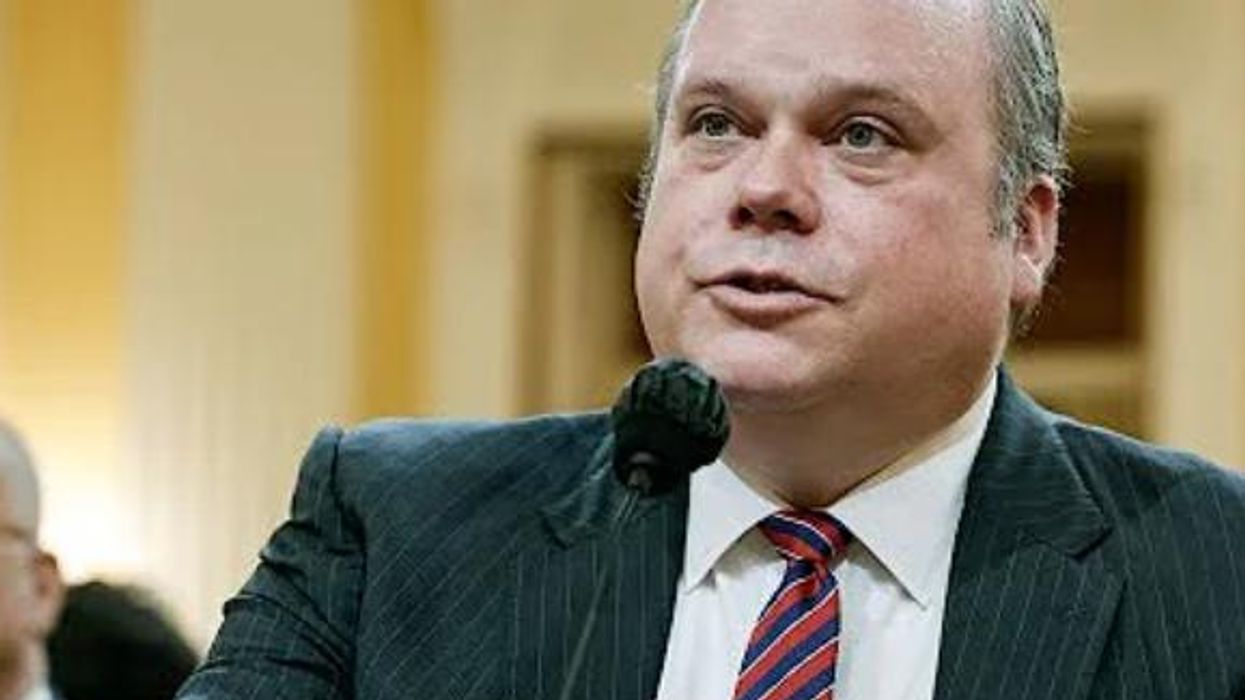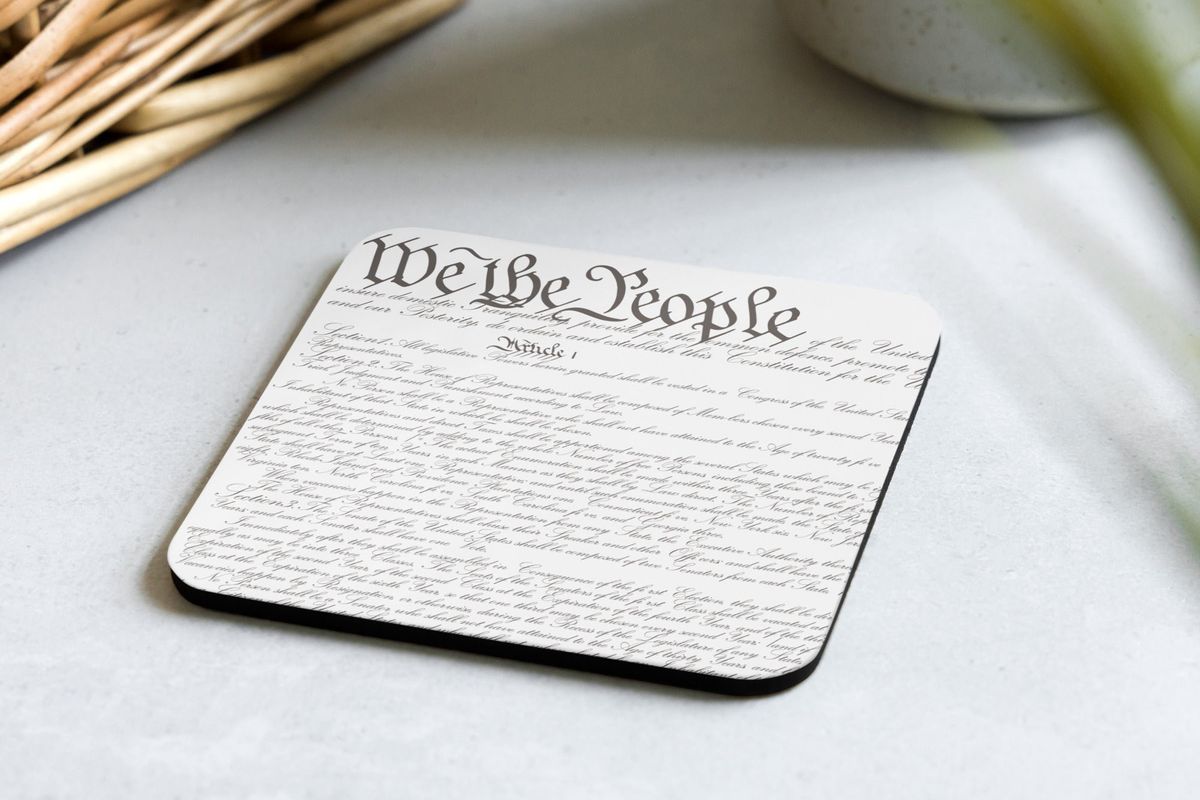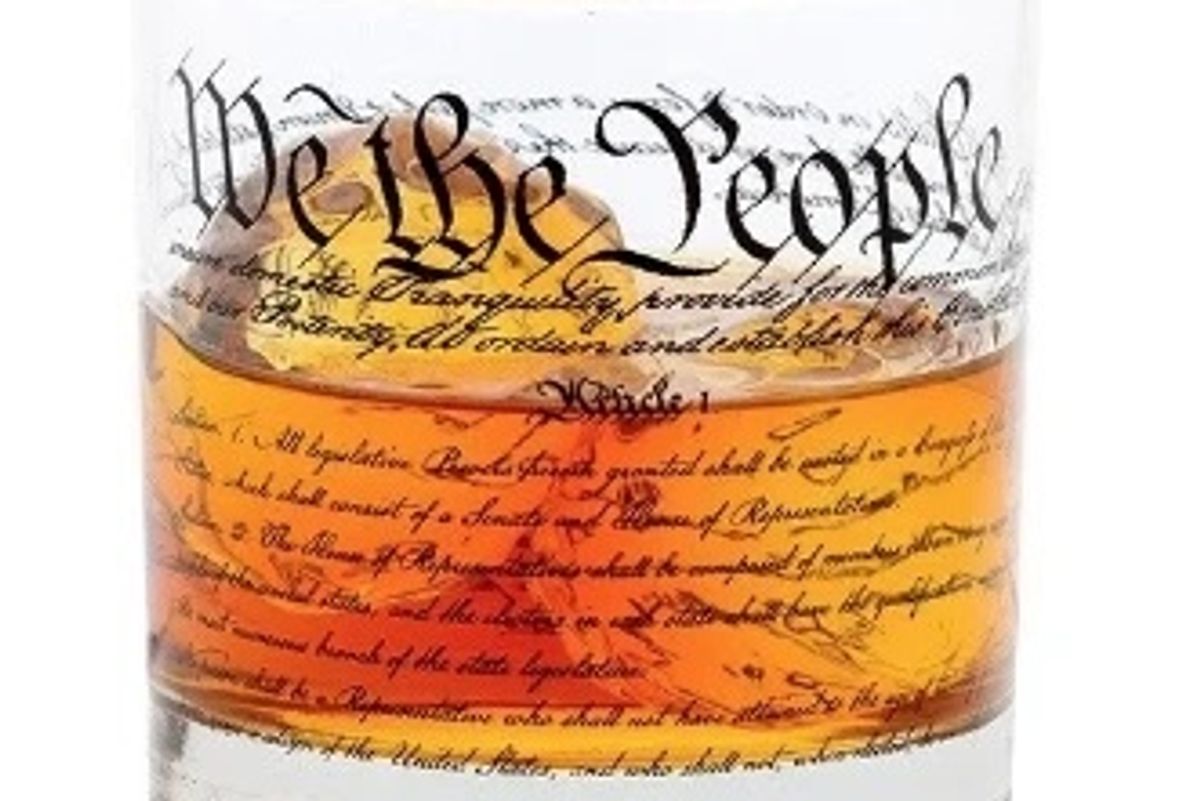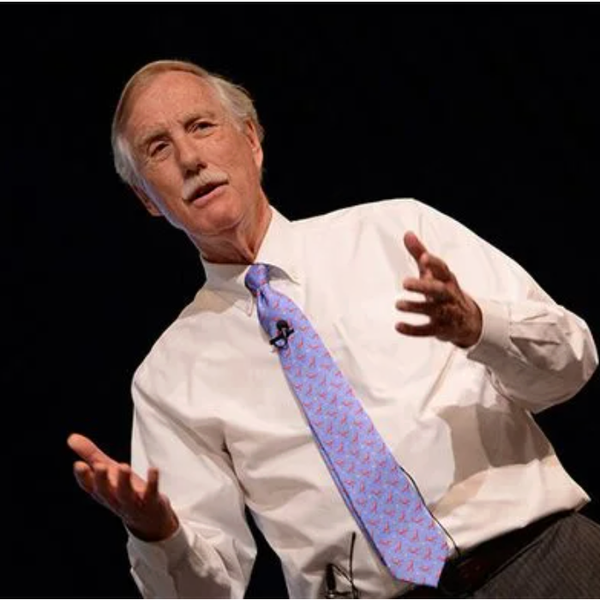Fox News Killed Its Independent Election Night Decision Desk
Fox News depicts the “decision desk” that calls elections for the network as an independent, data-driven body cordoned off from its right-wing propaganda machine. But the 2020 presidential election showed that this independence is a fiction: Top Fox executives are willing and able to overrule those calls if they think the results would anger Donald Trump and Fox viewers.
With the entire right-wing apparatus — including Fox figures — framing any potential Trump loss in November as a result of fraud, that scenario could easily repeat this fall.
The New York Times interviewed Fox decision desk overseer Arnon Mishkin for a Wednesday article on how outlets are “preparing to make calls in a very tight race — and ensure that viewers and readers believe them.” Mishkin said “that he and his team would be siloed off in a room inside network headquarters, and that he had no concerns about outside interference.”
“One hundred percent of the job is to look at the numbers,” Mishkin told the Times. “Just look at the numbers and report out what the numbers are saying.”
But the 2020 election showed that between Mishkin’s team reporting “what the numbers are saying” and Fox anchors presenting that information to the public, the network’s executives can step in to overrule the calls.
Fox’s election night call of Arizona for Joe Biden was controversial, the Times noted, angering Trump and ultimately triggering the exits of decision desk leaders Chris Stirewalt and Bill Sammon. As Fox viewers revolted following that call, the network went into overdrive pushing Trumpian lies about election fraud swinging the results — which its executives and stars didn’t actually believe — and eventually triggering a massive defamation settlement with Dominion Voting Systems.
But the Times stressed that Fox refused to bow to Trump campaign demands that the network rescind its Arizona call, while leaving out the network’s subsequent decision — pushed by its top executives and “straight news” anchors — to slow-walk future calls if they might similarly anger viewers.
Fox president and executive editor Jay Wallace “overruled the Decision Desk team including Bill Sammon, Arnon Mishkin, and Chris Stirewalt, refusing to let them call Nevada for Biden even after other networks did, a level of interference that had been unheard of in past elections,” Peter Baker and Susan Glasser reported in their 2022 book, The Divider.
Wallace’s reason for overruling Mishkin and company had nothing to do with “the numbers,” according to Baker and Glasser. “Because of the Arizona projection, calling Nevada would give Biden enough electoral votes for victory,” they wrote. “Wallace did not want Fox to be the first to call the election and declare Biden president-elect.”
Fox CEO Suzanne Scott had wanted to go even further, Baker and Glasser reported, suggesting the morning after the election “that Fox should not call any more states until they were officially certified,” an unheard-of process that could take weeks.
Fox “straight news” anchors Martha MacCallum and especially Bret Baier emerged in post-election reporting as key figures who sought to stymie the decision desk’s calls.
Baier emailed Wallace that the decision desk’s Arizona call was “hurting us” and should be rescinded and in texts with Tucker Carlson said he had “pressed” for the network to slow down its calls.
And in a November 16, 2020, Zoom meeting with Fox’s top executives as well as the decision desk’s Mishkin and Sammon, Baier and MacCallum argued that “it was not enough to call a state based on numerical calculations, the standard by which networks have made such determinations for generations, but that viewer reaction should be considered.”
“I know the statistics and the numbers, but there has to be, like, this other layer,” Baier suggested, so they could “think beyond, about the implications” of election calls.
“There’s that layer between statistics and news judgment about timing that I think is a factor,” MacCallum added.
This is quite obviously not how a news outlet’s decision desk process is supposed to work — but Fox is a Trumpist propaganda outlet shackled by its audience. And with Sammon and Stirewalt gone, there will be fewer voices urging the network to behave responsibly this cycle.
We should assume that Fox’s 2024 election calls are subject to Baier’s “other layer,” with network executives overturning the decision desk based on their “implications.”
Reprinted with permission from Media Matters.












